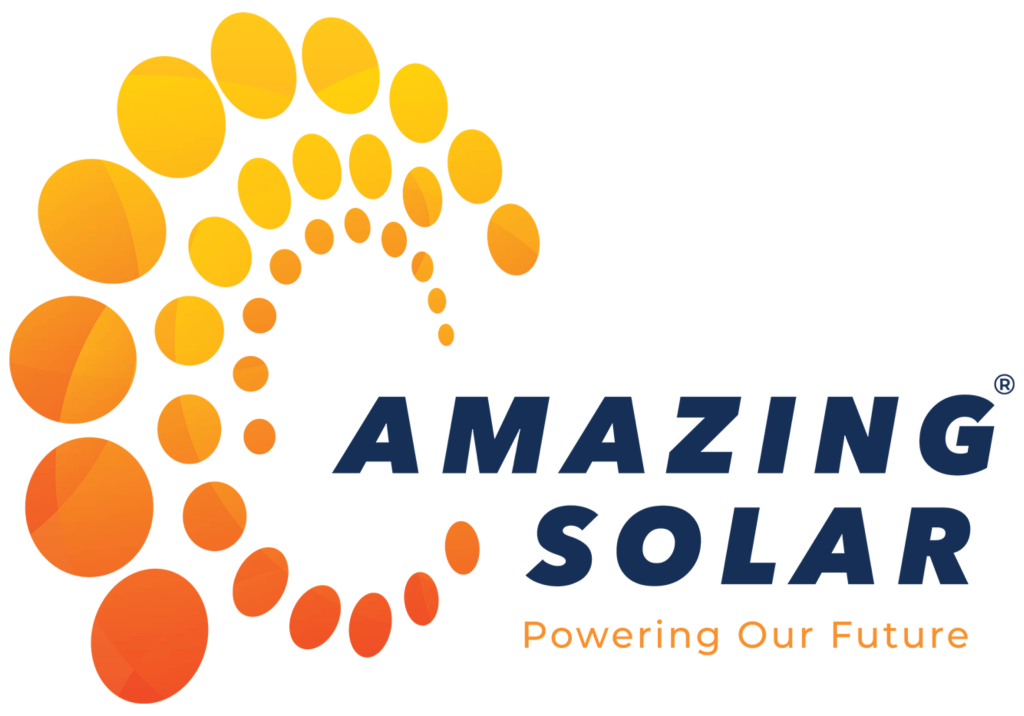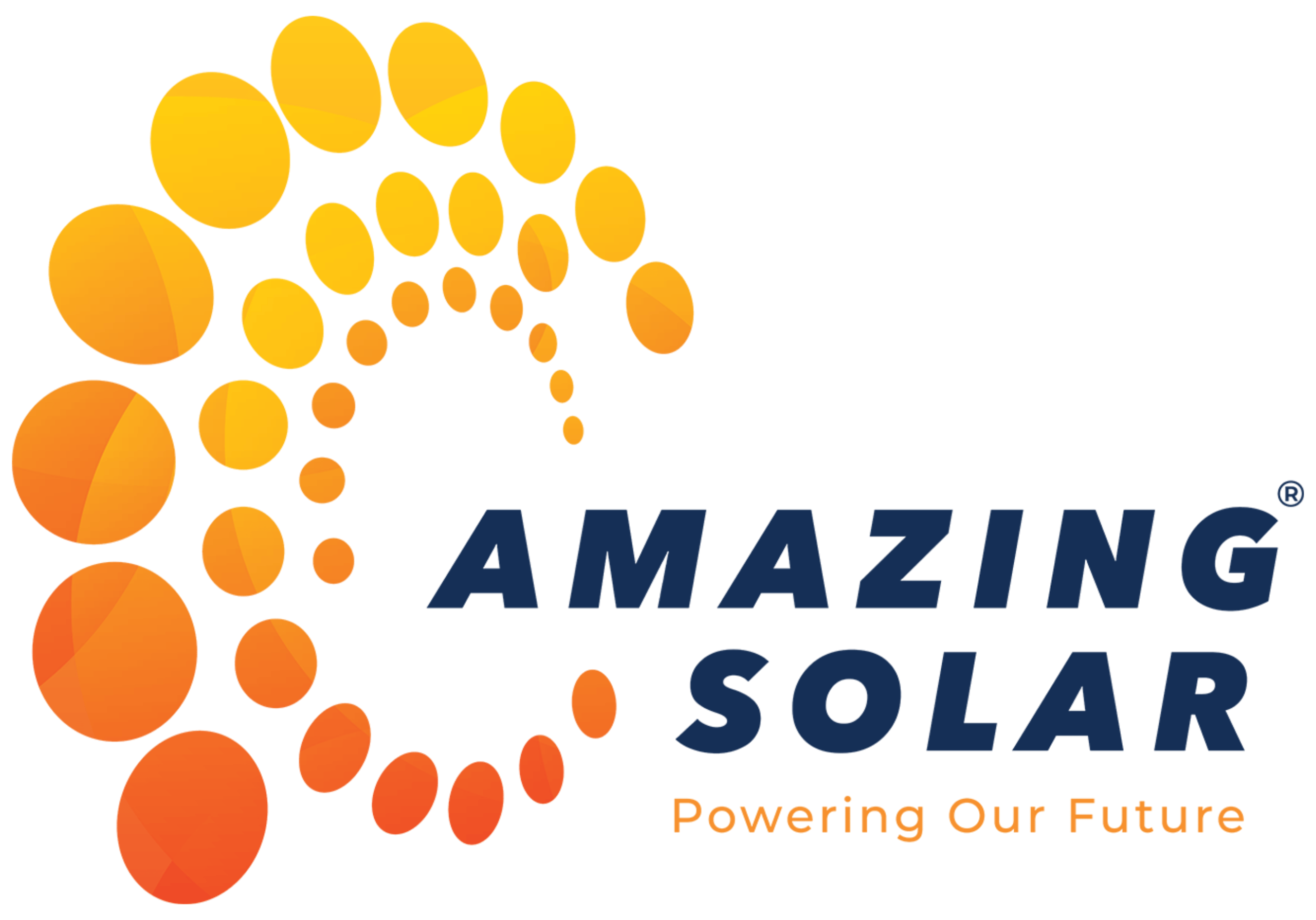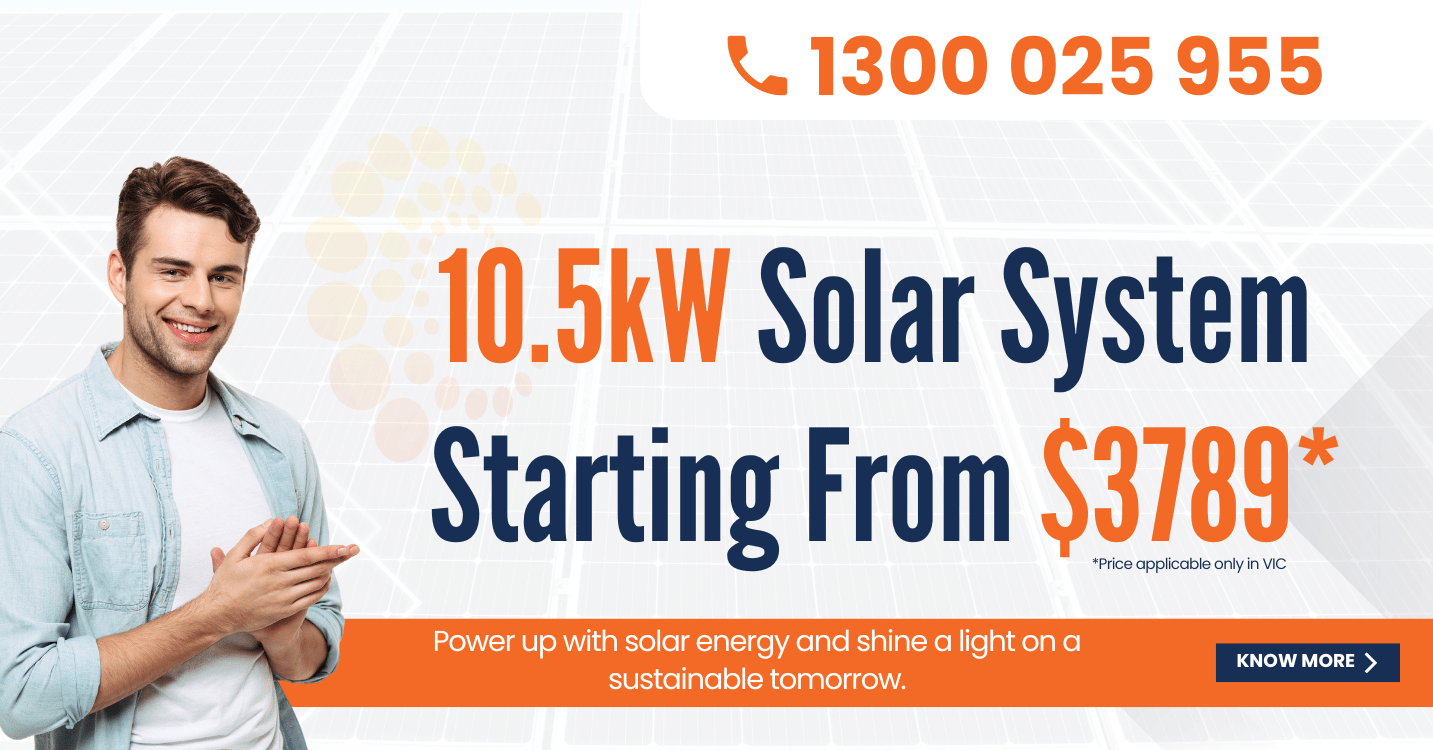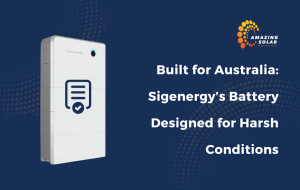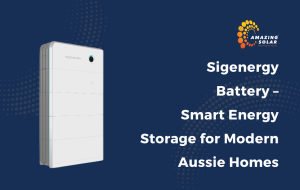With the increasing cost of electricity, more and more homeowners are turning to solar power as a way to reduce their energy bills and carbon footprint. If you’re considering installing solar panels on your home, you may be wondering if a 6.6kw solar system is worth the investment.
Before we dive into the specifics of a 6.6kw solar system, it’s important to understand how solar systems work. Solar panels are made up of photovoltaic cells that convert sunlight into direct current (DC) electricity. An inverter then converts the DC electricity into alternating current (AC) electricity, which is the type of electricity used in homes. Any excess energy generated by the solar panels is sent back to the grid or stored in batteries for later use.
Now, let’s talk about a 6.6 kW solar system. A 6.6 kW solar system typically consists of around 20-24 solar panels, depending on the wattage of the panels used. It can produce between 6,000 and 9,000 kilowatt-hours (kWh) of electricity per year, depending on factors such as the location of your home, the orientation of the panels, and the amount of sunlight your area receives.
The cost of a 6.6 kW solar system can vary depending on several factors, including the type and number of panels used, the complexity of the installation, and any additional components such as batteries or monitoring systems. On average, a 6.6 kW solar system can cost between $2378 and $2578, including installation.
So, is it worth it to invest in a 6.6 kW solar system for your home? The answer depends on several factors.
First, consider your energy usage. If your household uses a moderate amount of electricity, a 6.6 kW solar system can help offset your energy costs and reduce your reliance on the grid. However, if your energy usage is relatively high, a larger solar system may be more cost-effective.
Second, consider the location of your home. Homes in areas with a lot of sunlight are more likely to benefit from solar panels. If you live in an area with a lot of shade or cloudy weather, a solar system may not be as effective.
Third, consider the incentives available in your area. Many states and local governments offer incentives for homeowners who install solar panels, such as tax credits or rebates. These incentives can make a solar system more cost-effective.
Finally, consider your long-term goals. A 6.6 kW solar system is a significant investment, but it can pay off in the long run. Not only can it save you money on energy costs, but it can also increase the value of your home. Additionally, installing a solar system is a step towards reducing your carbon footprint and contributing to a more sustainable future.
In conclusion, a 6.6 kW solar system can be a worthwhile investment for homeowners who use a moderate amount of electricity and live in areas with a good amount of sunlight. However, it’s important to carefully consider the costs and benefits before making a decision. If you’re unsure whether a 6.6 kW solar system is right for you, consider consulting with a solar expert who can help you determine the best system for your needs. Contact Us to know more


